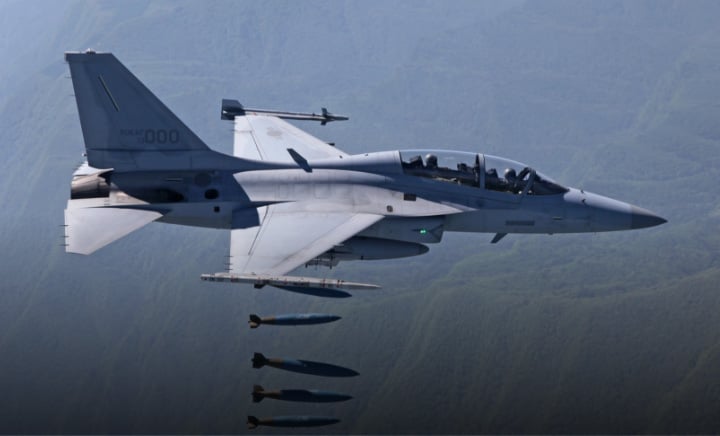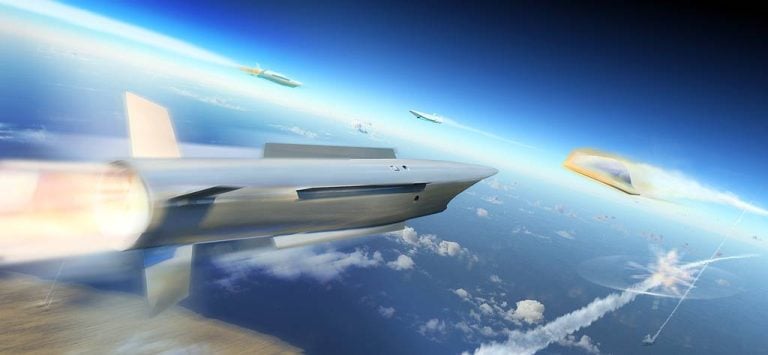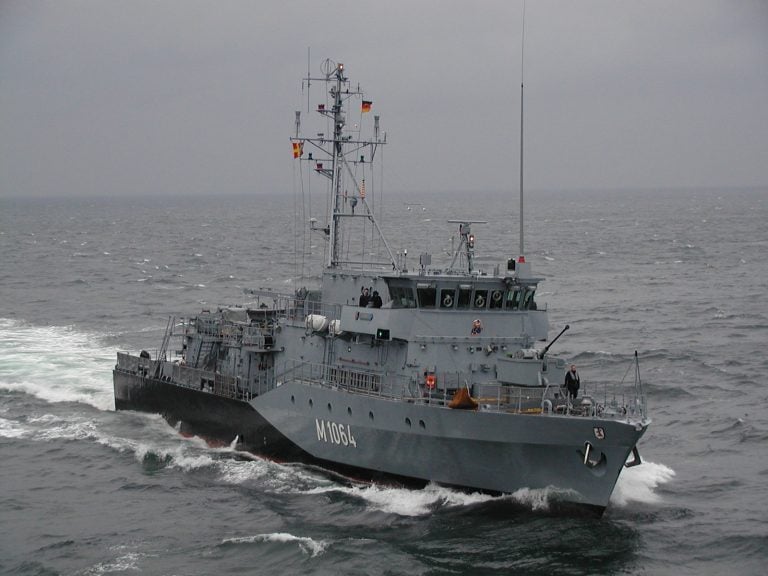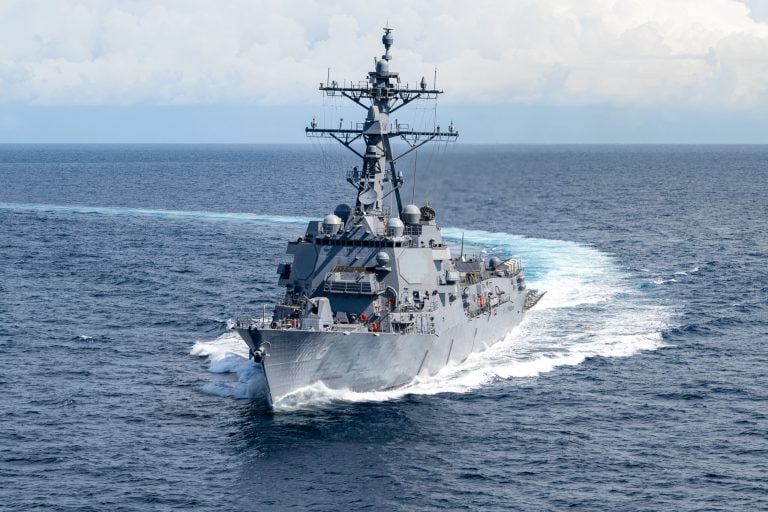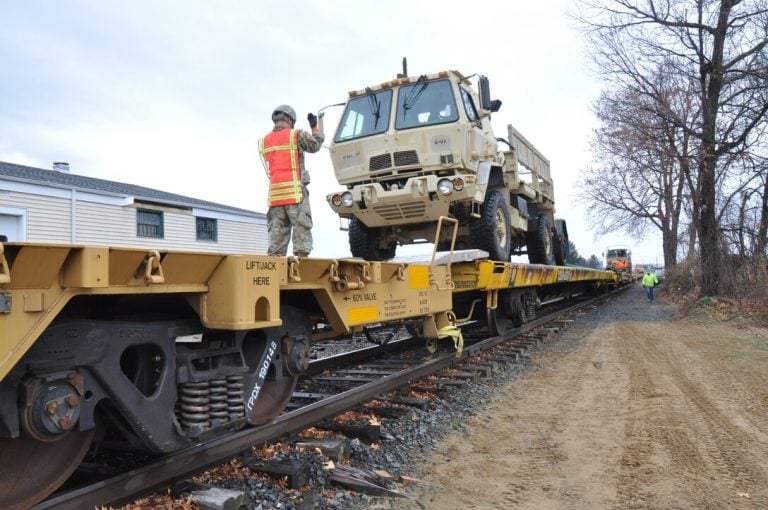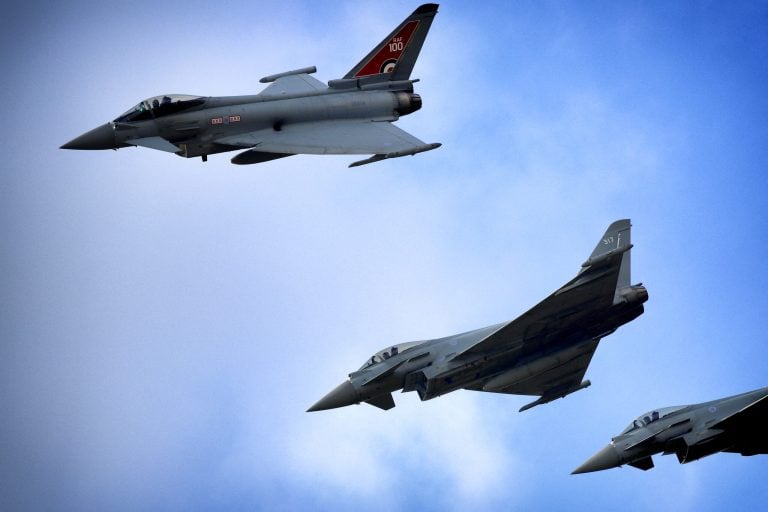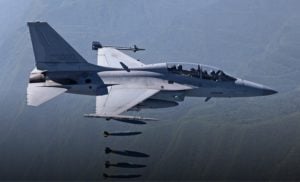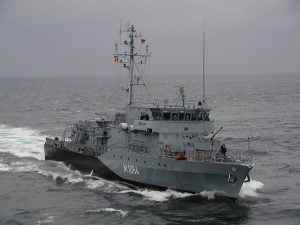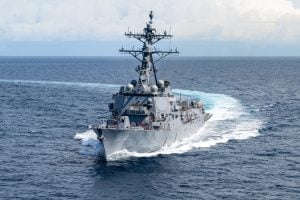In a significant development for military aviation, Hybrid Air Vehicles (HAV) of the UK has secured orders for three Airlander 10 hybrid airships. This marks the first occasion that these unique aircraft will be adapted for defense purposes. The order comes from a currently undisclosed defense contractor, which is seeking to leverage the airship’s remarkable long-endurance surveillance and transport capabilities for various military operations.
The Airlander 10 is designed with a hybrid structure that enables it to remain airborne for up to five days without the need for refueling. This feature, combined with its ability to operate from virtually any flat terrain—including unpaved fields and bodies of water—makes it particularly appealing for defense applications.
Initially developed for civilian use, the Airlander’s adaptable modular design facilitates rapid reconfiguration for various military roles. These include critical functions such as intelligence, surveillance, and reconnaissance (ISR), troop or cargo transport, and even the capacity to host and deploy drone swarms. Each airship boasts an impressive payload capacity exceeding three tonnes (6,613 pounds), allowing it to carry sophisticated radar and sensor systems essential for continuous monitoring in contested environments.
One of the standout features of the Airlander 10 is its low acoustic and thermal signature, rendering it more difficult to detect than traditional aircraft. This capability, alongside its reduced fuel consumption, is expected to significantly lower operational costs while enhancing endurance in remote combat zones.
HAV anticipates that this initial order will lead to additional military reservations, as armed forces increasingly look for cost-effective, long-duration airborne platforms to complement satellites and crewed aircraft.
The increasing interest in the Airlander also reflects a broader shift towards long-endurance aerial platforms within contemporary missile defense frameworks. These platforms can act as high-altitude sensor nodes, continuously relaying critical radar and communication data to missile defense batteries and command centers.
In the United States, similar advancements are underway through initiatives such as the Army’s High-Altitude Platform Station and the Space Force’s Tactically Responsive Launch programs. Both aim to provide persistent sensing for missile warning and tracking. Furthermore, major defense contractors like Lockheed Martin and Northrop Grumman are developing airship and high-altitude ISR prototypes under DARPA contracts to support integrated air and missile defense missions.
As the military explores new technologies to enhance operational capabilities, the Airlander 10 stands out as a promising option, poised to reshape the landscape of military aviation and surveillance.



